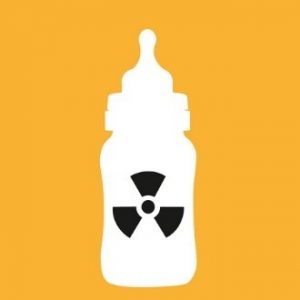Radiological hazards
Do you know when you need to include Radiological hazards in your risk analysis? With the implementation of the Food Safety Modernization Act (FSMA) in the USA, a lot of food producers , also internationally, have to assess the risks they face of radiological hazards as part of their HACCP approach. Do you know how to start with this? Of course raw materials might be treated with irradiation to get rid of microbiological issues – this is coming in some markets and totally forbidden in others. Did you ever think of potable water as the source of getting radiation into your products? Some areas will have a high natural presence of radioactive minerals, which might end up as radioactive isotopes in your potable water system. Other factwhat kinories might be built on sandy grounds which sometimes contain very high levels of cadmium or other potentially radioactive compounds. If your company uses crops or products derived from crops, you need to be aware that radioactive compounds might accumulate in these as well. On the other hand some radiological hazards are easily detected because they involve high levels of radiation and most of the time are related to nuclear disasters (e.g. Chernobyl and Fukushima).
The hazard involved in radiologically contaminated products is of course that these products are potentially carcinogenic (can create cancer) or even mutagenic (can create cell mutations), but quite often these negative health effects only occur in the longer term and are therefore difficult to pinpoint to the ingestion of one specific food stuff. The same is (perhaps even more) true for processors who are potentially in daily contact with radiologically contaminated food, as their level of exposure might be even higher than from those who consume the food in normal quantities as part of their daily diet. So far only a few radiological issues resulted in a food recall, the vast majority of these was linked to the earlier mentioned nuclear disasters.

A good starting point to look for radiological hazards is to start with getting information or analysing your potable water source (well or municipal) or a regular basis. Next to this asking information from the authorities on the composition of the soil around your plant and / or the fields you use to grow crops is also a wise thing to do. In some countries irradiation of food stuff is allowed and hence it is common practice to ask you suppliers to a clear statement whether or not they do irradiate the products you buy from them. By the same token you want to have a statement from them as well declaring that they ask the same question to their suppliers and so on. This shows it is becoming increasingly important for you to know what step your suppliers are at in relation to the entire food chain. You need to really start thinking from farm to fork!
Maybe you are also interested to read:
USDA’s Radiation Safety Questions and Answers
